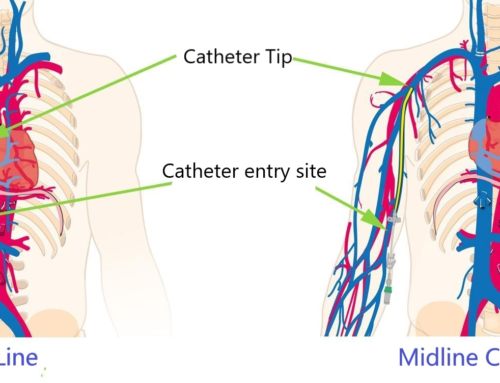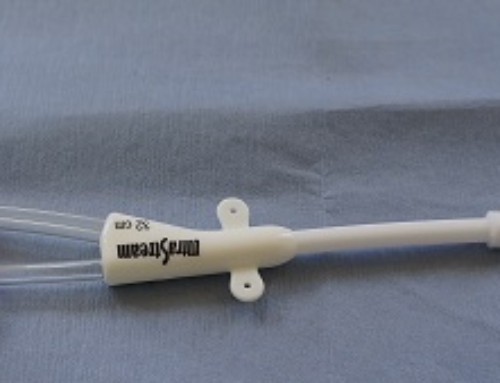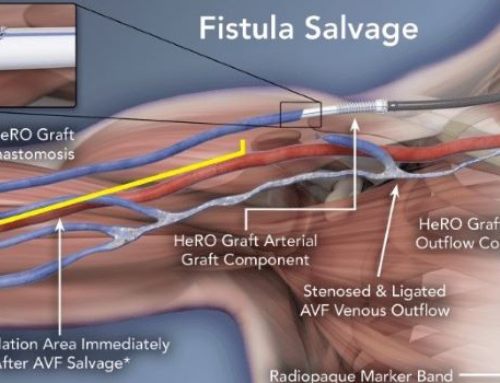Table of Contents
What is a broviac catheter/Broviac line?
A broviac catheter is also referred to as a broviac line or a broviac central line. These catheters are tubes usually manufactured out of materials like soft silicon or PVC. Broviac catheters (Broviac lines) are tunneled small bore central venous catheters characterized by a variable-sized Dacron cuff which provides an anchorage in a subcutaneous tract as fibrous tissue grows into the interstices of the cuff. The cuff may act as a microbial barrier, although controlled trials have brought some doubt to light regarding this theory.
When do you place a single lumen or double lumen broviac catheter?
Broviacs can come in single or double lumen forms. We generally advocate for using the least number of lumens that are needed and only advocate for double lumen catheters if there is a indication which requires two simultaneous infusions. The reason for this is that double lumen catheters generally have a larger diameter and are at higher risk for venous thrombosis. Additionally an increase in catheter lumens is associated with a higher infection risk.
Indications for a Broviac catheter/Broviac line
Similar to a Chemo port a broviac line can be used for chemotherapy infusion
Long-term antibiotic therapy (e.g. infected prosthetic joints, bacterial endocarditis,
cystic fibrosis)
Parenteral nutrition (e.g. short bowel syndrome)
Haemodialysis
Repeated blood transfusions
How is a broviac catheter/broviac line placed?
An appropriate site (the jugular, subclavian or femoral vein) is selected for catheter placement. this vein is evaluated for patency using using ultrasound as indicated. The area is then prepped and draped in standard surgical sterile conditions. Plcaement of a broviac line is generally performed under local anaesthesia with or without intravenous sedation.
The vein is accessed (Eg. at the base of the neck for jugular venous access) and a microwire is passed down through the heart into the inferior vena cava confirming venous access position under fluoroscopy. at this time an area approximately 2 finger breadths below the clavicle (Inferior lateral to the venotomy site/venous puncture site) is selected for catheter exit and a small incision made. The catheter is then bluntly tunneled under the skin from that chest incision/catheter exit site up to the venotomy site where it is passed into the vein through a peel away sheath which is then removed. Post procedurally the broviac catheter (Broviac line) is prepped with heparin to avoid catheter related thrombus or alcohol/saline in those patients who are allergic to heparin. A sterile dressing is then placed to cover the incision site and either absorbable sutures or dermabond and steristrips used to close the venotomy site at the base of the neck.
How is a broviac catheter (Broviac line) removed?
Because of the dacron cuff which grows into the subcutanous tissues removal requires aseptic technique and local anesthetic along with blunt dissection of the cuff from the subcutanous tissues. Once this is done pressure is held at the catheter exit site on the chest and a sterile dressing applied. The catheter exit site and tract will generally heal in weeks time.
Complications of a broviac catheter (Broviac line)
- Pneumothorax from inadvertent puncture of the lung apex during catheter placement
- Venous thrombosis which is less likely with appropriate catheter tip site (Cavoatrial junction) . Confirmation can be obtained by post procedure chest x-ray but we advocate for performing a broviac central line placement under fluoroscopic guidance which serves the same purpose.
- bleeding from arterial puncture (As opposed to venous puncture which is how access is meant to be obtained). This risk is greatly reduced by the use of imaging such as ultrasound guidance
- arrhythmia which is generally short lived but can occur particularly during catheter placement when wires are placed in the right heart
- Catheter related infection
- Catheter malfunction or fibrin sheath formation which may require catheter evaluation and replacement
- catheter dislodgement which is generally avoided by placement of a retention suture adhering the catheter to the exit site on the chest as well as the dacron cuff which grows into the subcutaneous tissue.
Broviac catheter vs Hickman catheter
Broviac catheters was a design variation from a Hickman catheter so these two catheters have a lot of similarities. both catheters are tunneled under the skin and both catheters have a dacron cuff that is placed within the tunneled tract and grows into the subcutaneous tissues. Broviacs were originally designed as a hickman modification with the major difference being the inner luminal diameter of a broviac catheter being smaller (1mm) versus the 1.6mm inner lumen of a hickman catheter.





Leave a Reply